The flip of polarization patterns in multi-wavelength observations
Michael Küffmeier

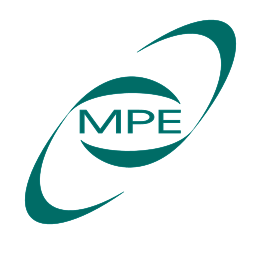

Stefan Reissl (ITA Heidelberg), Louis Seyfritz (UVA), Hannah Woodward (UVA), Zhi-Yun Li (UVA), Chi-Yan Law (Chalmers), Jonathan Tan (UVA/Chalmers), Duo Xu (UVA), Jon Ramsey (UVA)
Support from

Why care about magnetic fields?
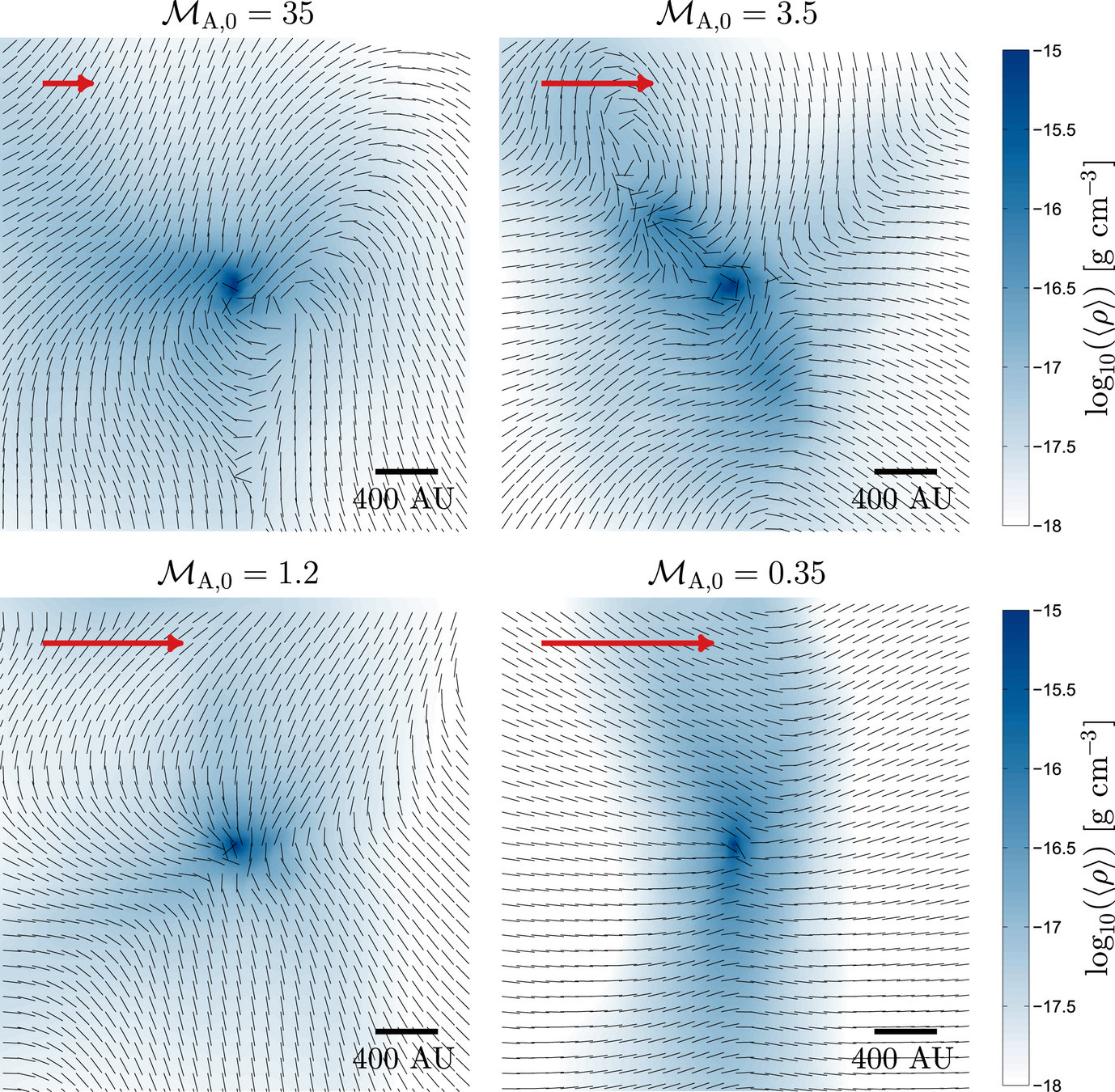
Mocz, Burkhart et al. 2017

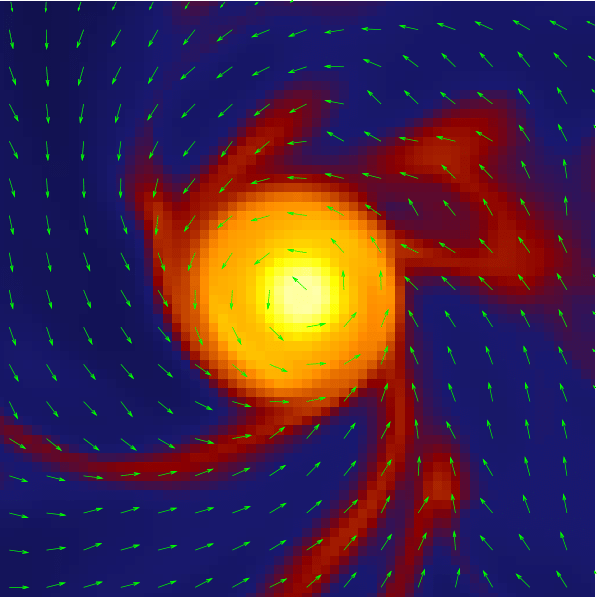
hydro
MHD
Santos-Lima et al. 2012
Dust polarization to measure magnetic fields
Polarization depends on degree of grain alignment and elongation
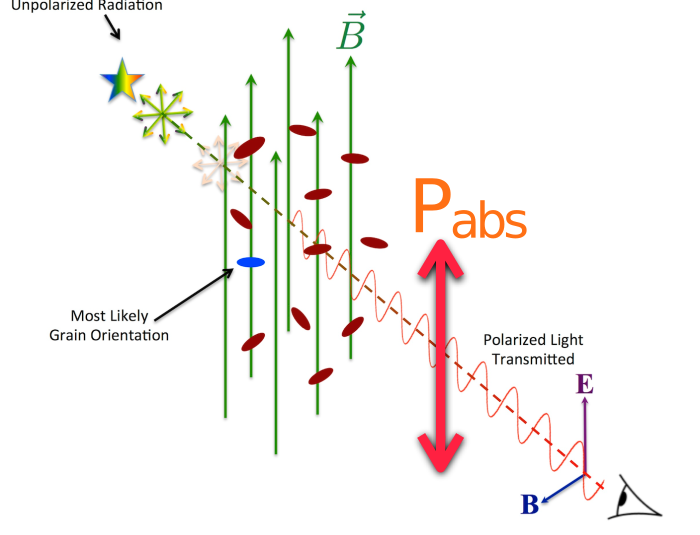
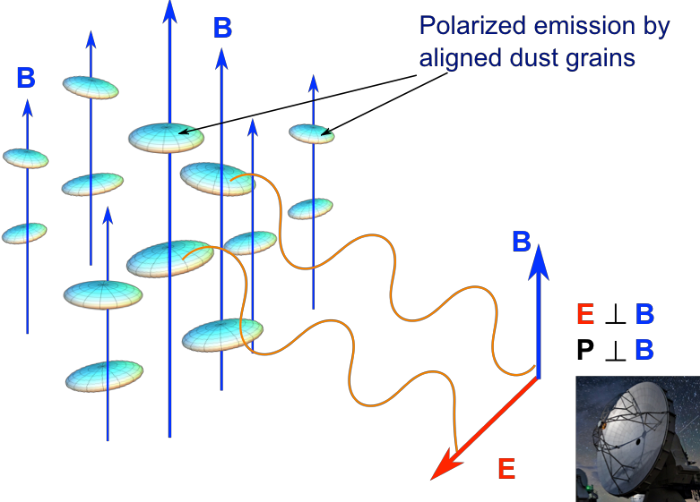
Credit: B. G. Anderson
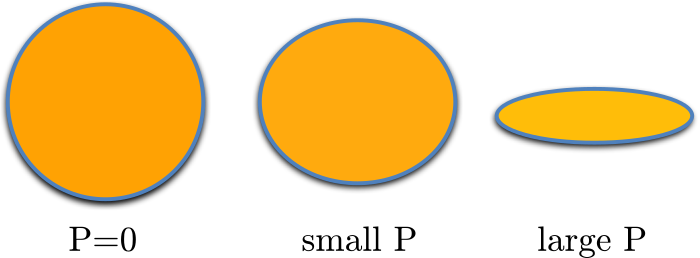
Measuring linear polarization of dust grains allows to determine magnetic field orientation ...
... if you know the origin of polarization.
Synthetic maps from ~pc to ~1000 au
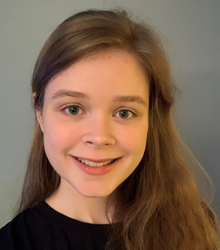
Hannah Woodward
UVA undergraduate; graduate at University Wisconsin-Madison from September 2022
Küffmeier, Woodward & Li in prep
underlying MHD simulations from Haugbølle et al. 2018
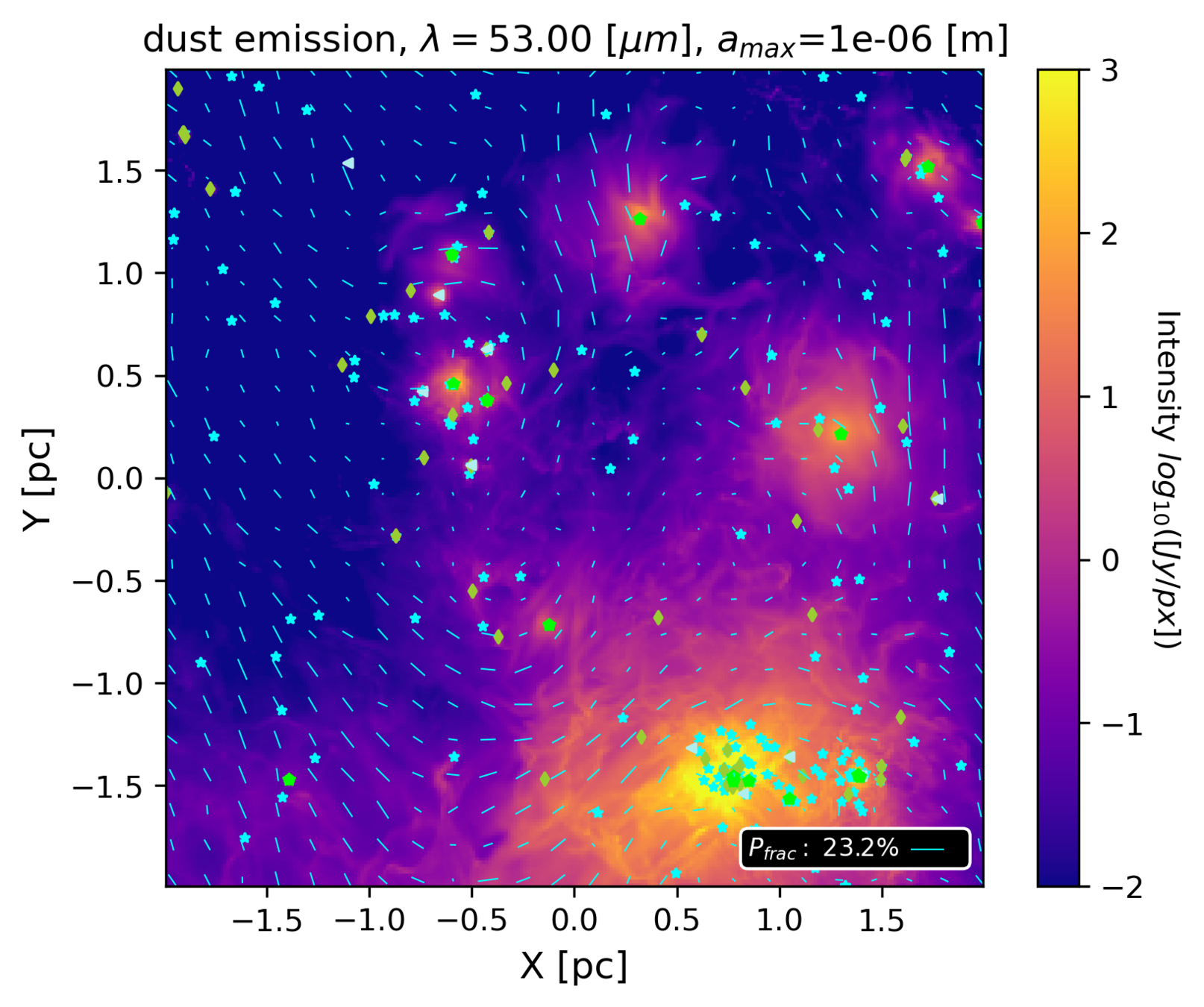
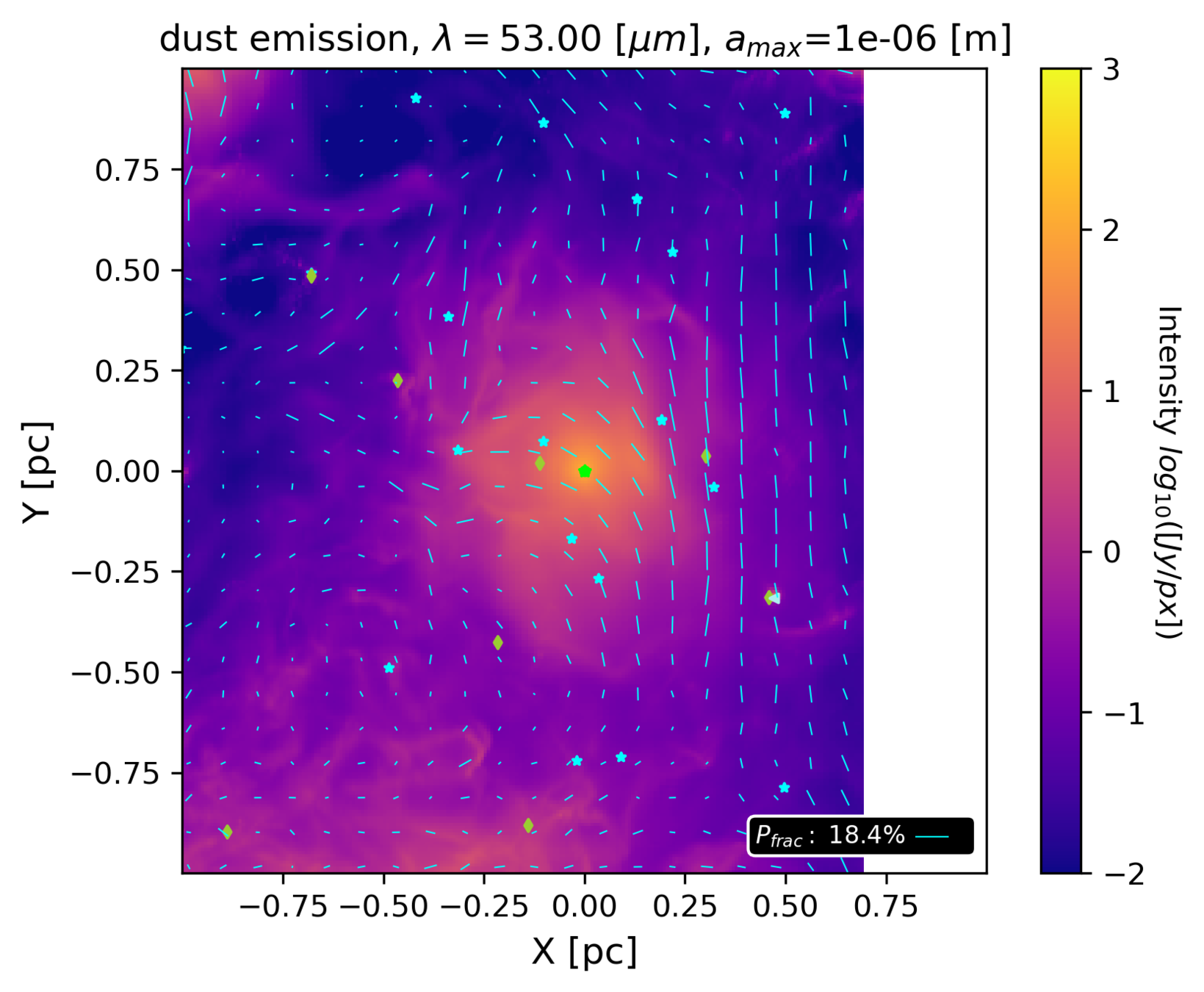
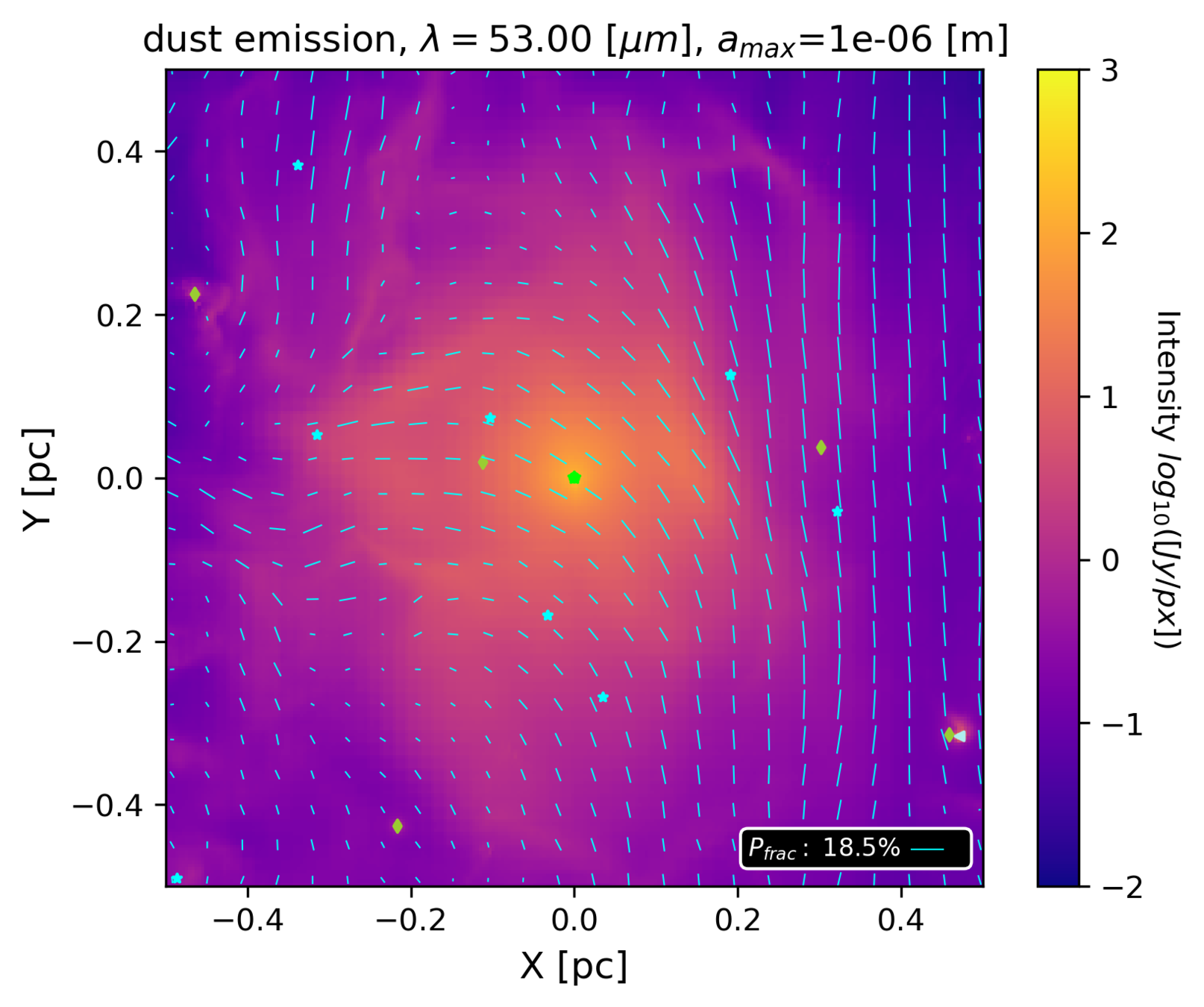

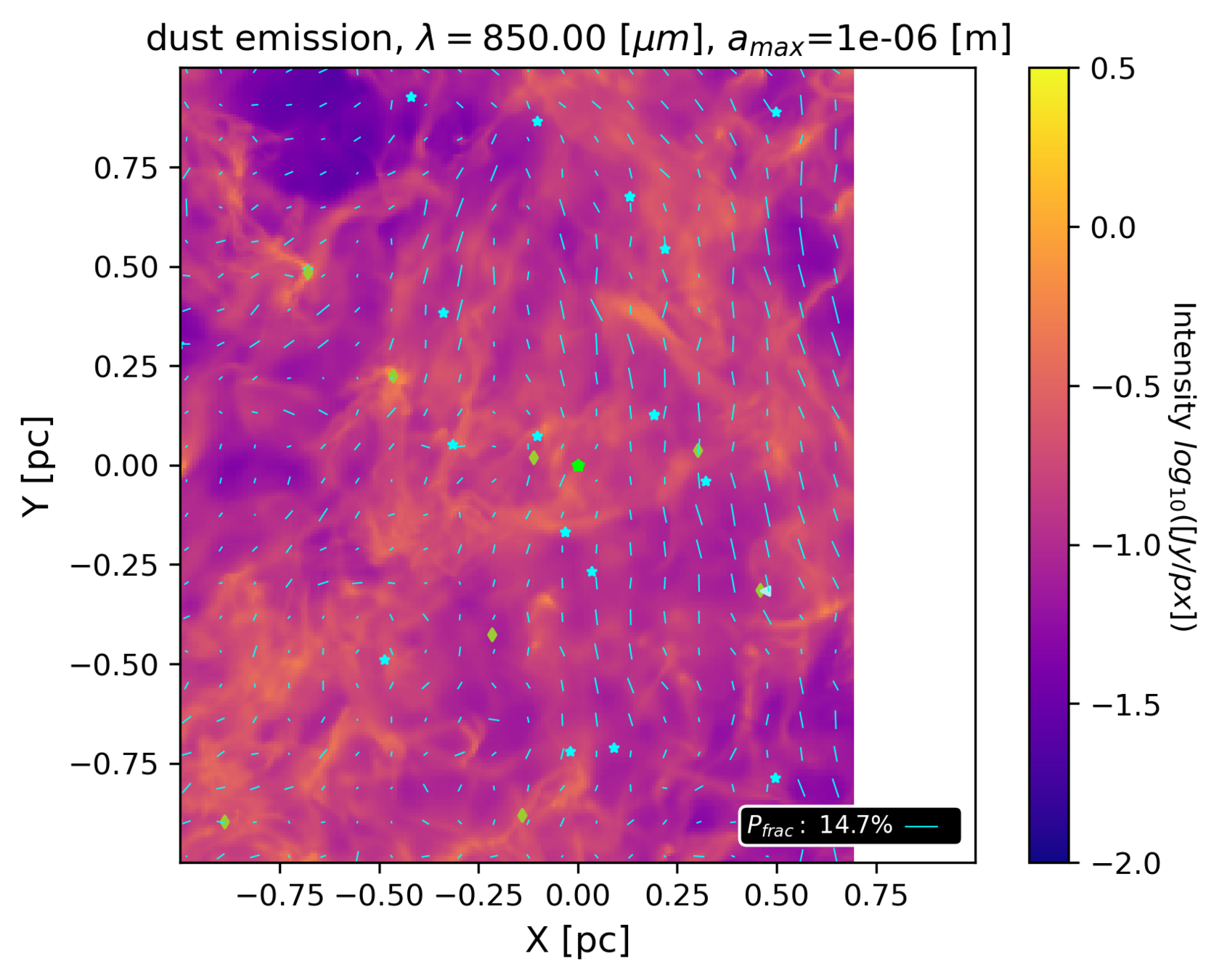
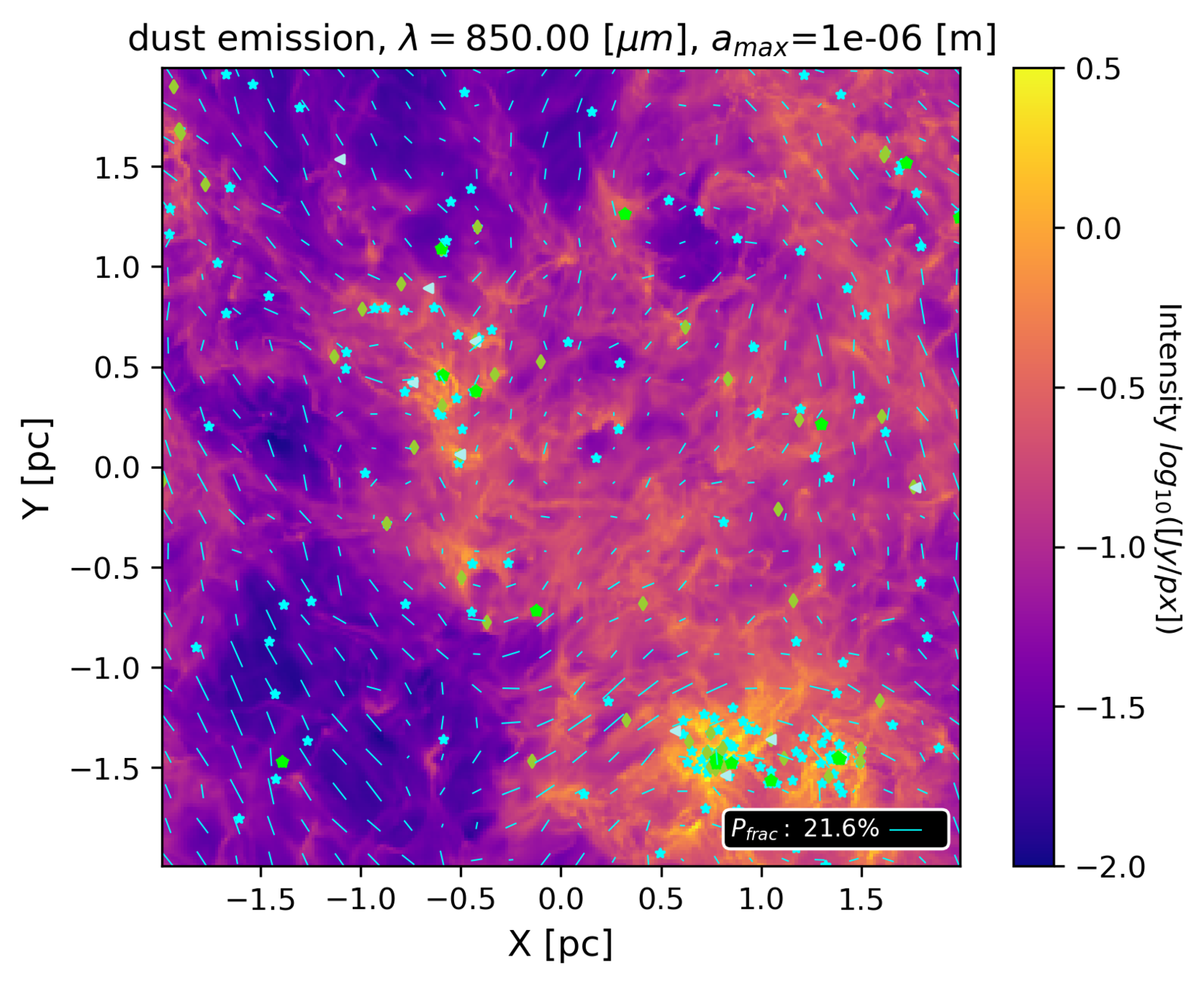
SOFIA HAWC+ and ALMA show the same pattern of magnetic field on molecular cloud scales...
...but beware of higher column densities!
Zoom-in on embedded stars

Küffmeier et al.
2019
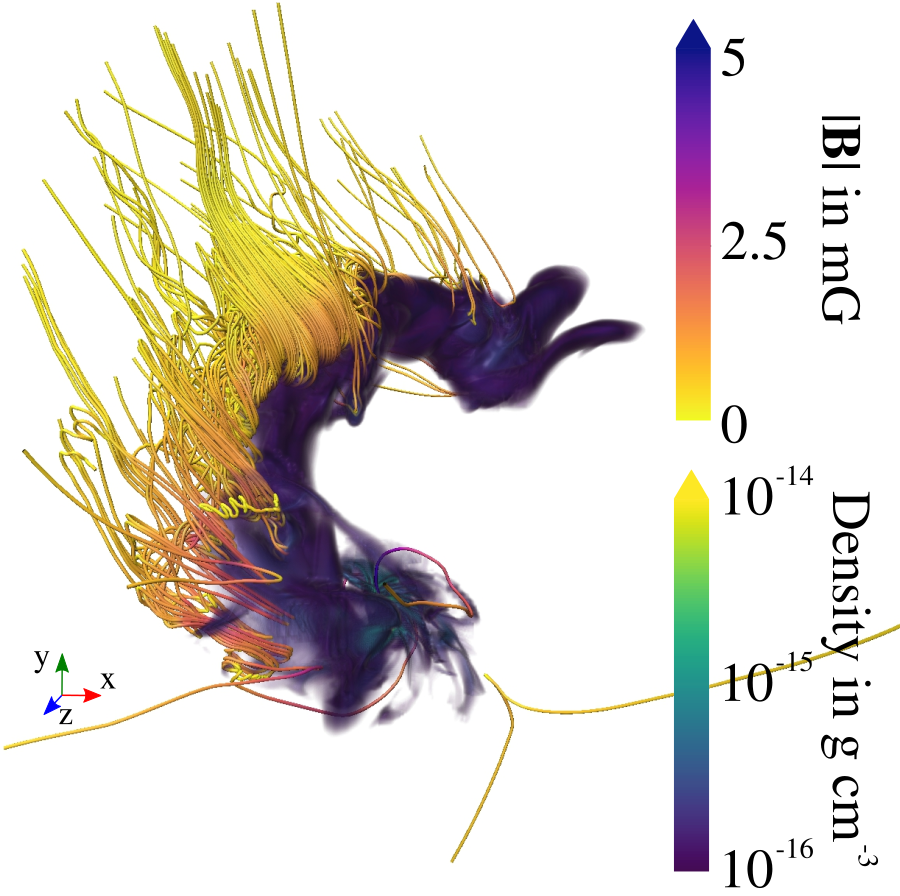
Küffmeier, Reissl et al. 2020
bridge structure similar to IRAS 16293--2422 (e.g. Sadavoy+ 2018, van der Wiel+ 2019, Maureira+ 2020)
~1500 AU
Synthetic observation with POLARIS
Küffmeier, Reissl et al. 2020
Emitted radiation

at 1.3 mm: polarization traces magnetic field structure down to the disk (see also confirmation in Valdivia et al. 2022)
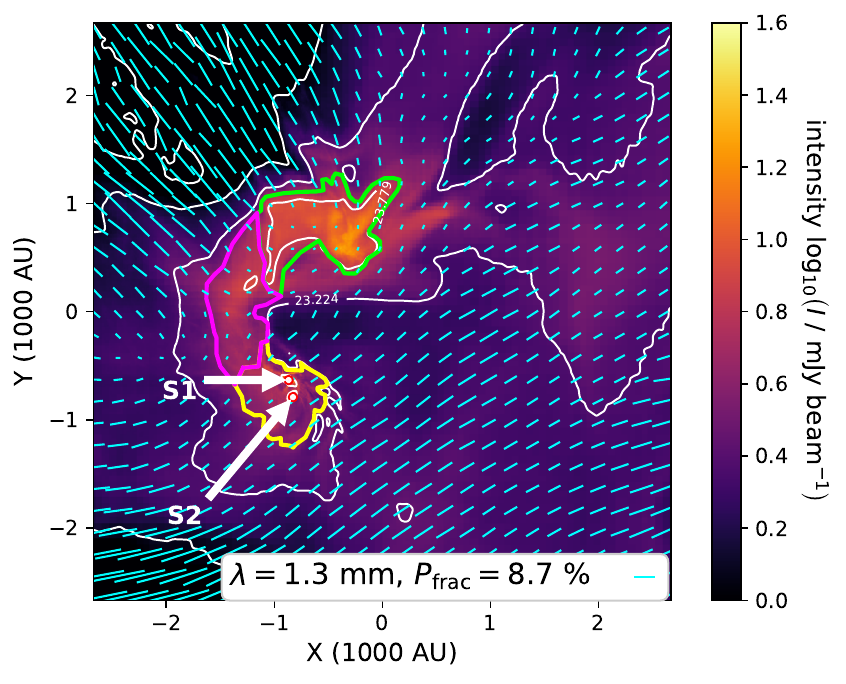
(we display e-vectors rotated by 90°)
Wavelength dependence: 1.3 mm vs 53 micron

Emitted radiation
1.3 mm: good tracer of magnetic field down to the disk (not inside!)
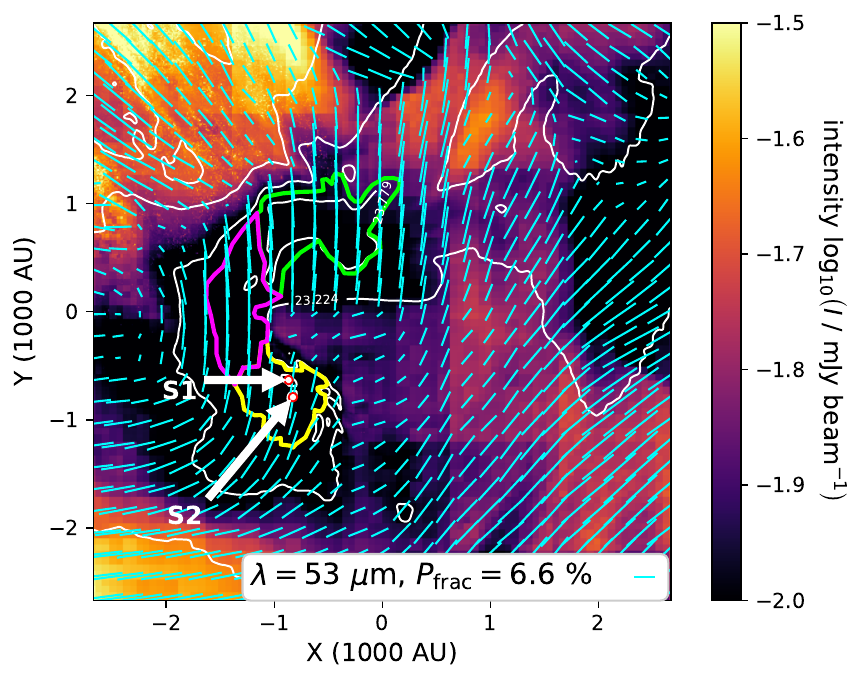
53 micron: poor tracer of magnetic field at higher column densities
Küffmeier, Reissl et al. 2020
Parameter study based on collapse simulations of massive protostar
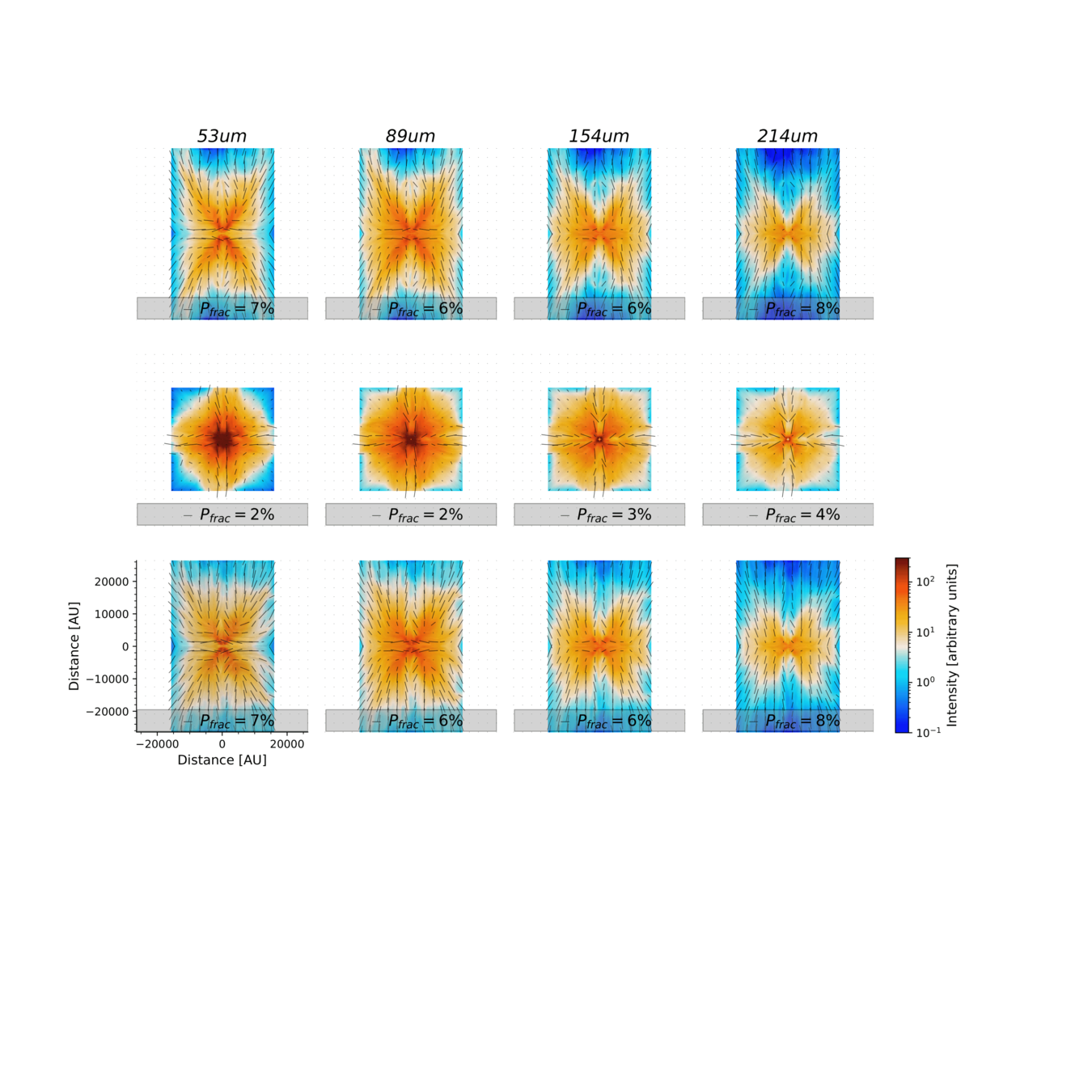
- A clear flip at high column densities (see also Reissl, Wolf & Seifried 2014)
- Maps for different protostellar stages and different grain size distributions


53 μm
214 μm
Reason for wavelength dependence

Dichroic extinction
(for more info: see posters by Chi-Yan Law, Louis Seyfritz, Valentin Le Gouellec and Rafael Skalidis.)
see Reissl et al. 2014, 2016 for first discussion of the flip
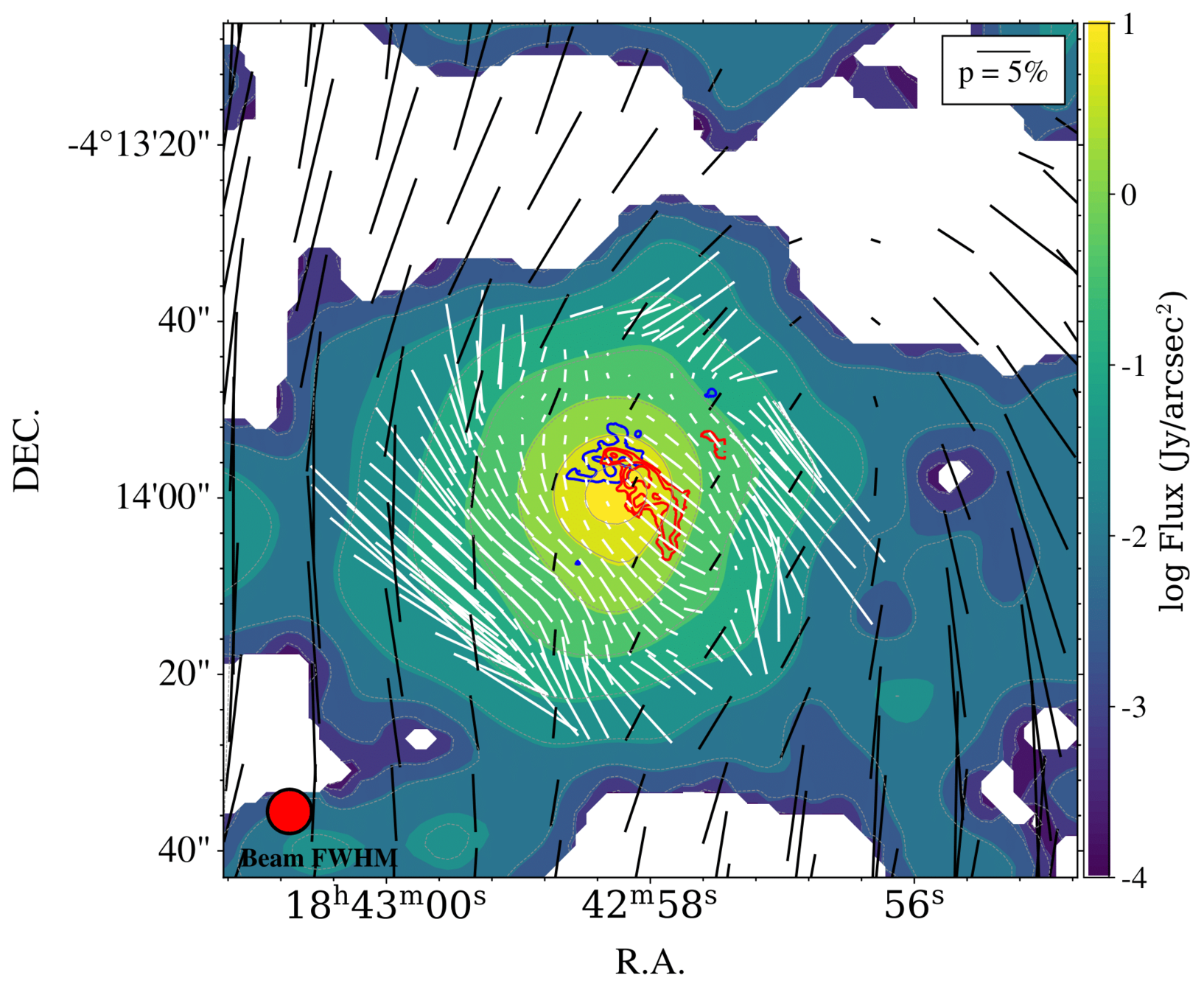
G28.20--0.05 Law et al. in prep
214 μm
53 μm
Küffmeier, Reissl et al. 2020

Summary
Linear polarization of dust reemission at wavelength >200 micron is a good tracer of magnetic field structure on scales beyond the disk.

At smaller wavelengths and enhanced column densities (prestellar cores), the signal tends to be dominated by absorption causing a "flip" in the signal.

Synthetic polarization maps for dust reemission based on MHD simulations as input provide important constraints on real observations (e.g., SMA, SOFIA HAWC+, ALMA).

Synthetic dust polarization maps at 1.3 mm
Küffmeier, Reißl et al. 2020

Emitted radiation
Polarization fraction in bridge:
a few %
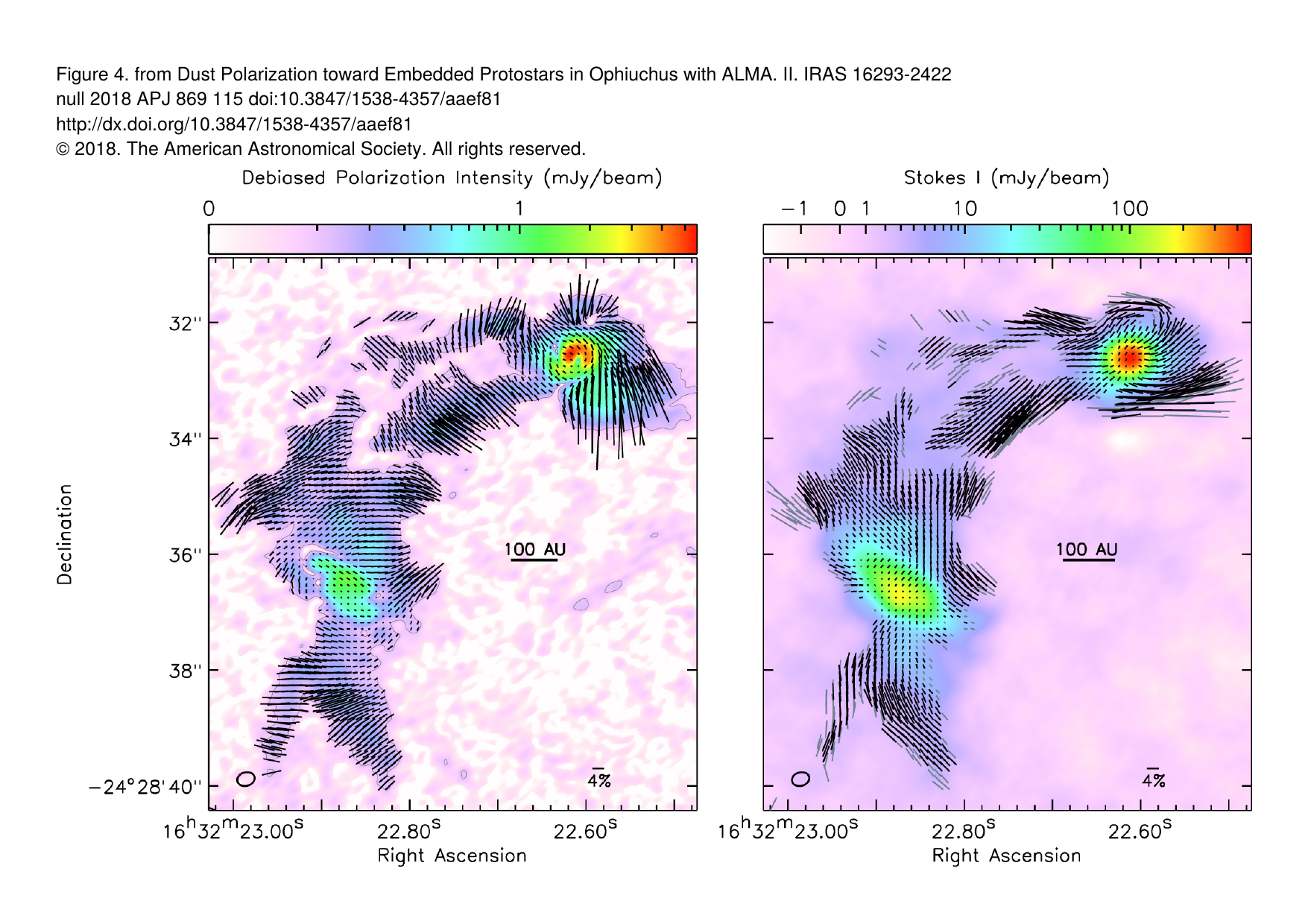
Polarization fraction in bridge:
up to 20 %
IRAS 16293--2422
Sadavoy et al. 2018
alignment efficiency higher than efficiency produced by standard RAT alignment
(also Le Goeullec+20)
IRAS 16293-2422 highly magnetized?